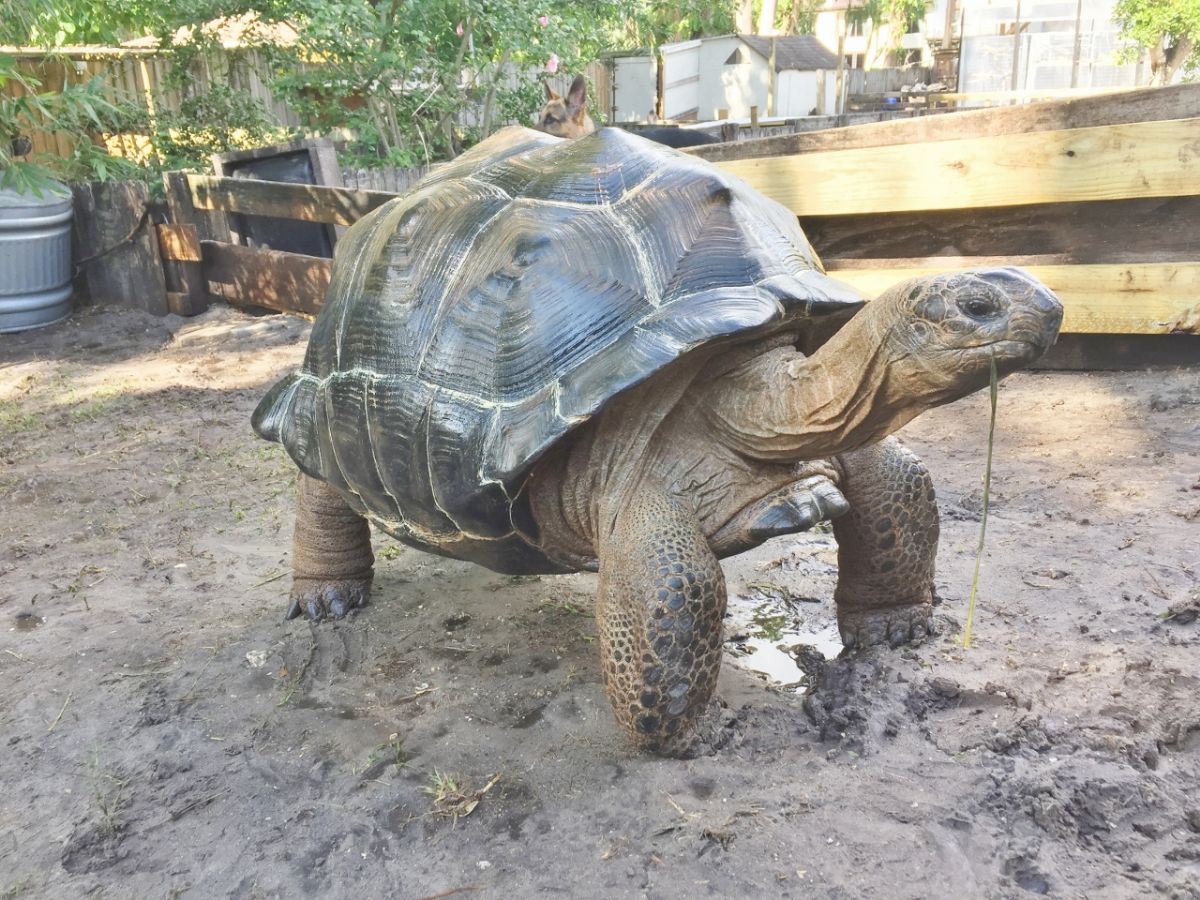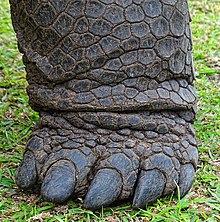32. Inches Female Adult Aldabra Tortoise Age 30
1 Piece (Min. Order)
Animal Code: 4C
Family: Tortoise
Genus: Aldabra Adults
Availability: Available
Size: 32 Inches
Product Description:
32. Inches Female Adult Aldabra Tortoise Age 30
Reserve your animals now.
Animals in stock and ready for sale.
Last animals available this year,(Reserve Now)
Discount for returning Customers or multiple Aldabras purchased.
Shipping to be determined by location and weather ($65 to $90 Approx.)
We have some of the best Guaranties in the industries;
Guaranteed live arrival
30 day exchange policy
One year Health Guarantee
We have been raising Giant Aldabra and Galapagos Tortoises for 30 years.
We are a farm dedicated to raising rare and endangered Tortoises and Iguanas
Packaging & Delivery:
Packaging Details: As per customer description
Delivery Time : Within 3 days
$56,000.00
Description
Looking for where to buy an aldabra turtle?
Browse our wide collection of aldabra turtle, and get in contact for any more information
Home breeded and imported babies available.
Aldabra giant turtle
| Aldabra giant turtle | |
|---|---|
 |
|
|
Conservation Status
|
|
 |
|
|
Appendix II ]
|
|
| Scientific Classification | |
| Kingdom: | Animalia |
| Phylum: | Chordata |
| Class: | Reptilia |
| Order: | Testudines |
| Suborder: | Cryptodira |
| Superfamily: | Testudinoidea |
| Family: | Testudinidea |
| Genus: | Alabrachelys |
| Species: |
A. gigantea
|
| Binomial name | |
| Aldabrachelys gigantea | |
| Synonyms | |
|
|
(video) A pair of Aldabra giant tortoises at Tobu Zoo in Saitama, Japan
The Gaint Aldabra turtle (Aldabrachelys gigantea) is a Specie of tortoise in the family Testunidea. The species is endemic to the islands of the Aldabra Atoll in the seychelles. It is one of the largest tortoises in the world. Historically, giant tortoises were found on many of the western Indian Ocean islands, as well as Madagascar, and the fossil record indicates giant tortoises once occurred on every continent and many islands with the exception of Australia and Antarctica. Many of the Indian Ocean species were thought to be driven to extinction by over-exploitation by European sailors, and they were all seemingly extinct by 1840 with the exception of the Aldabran giant tortoise on the island atoll of Aldabra. Although some remnant individuals of A. g. hololissa and A. g. arnoldi may remain in captivity, in recent times, these have all been reduced as subspecies of A. gigantea.
Behavior of aldabra turtle
Aldabra tortoises are found both individually and in herds, which tend to gather mostly on open grasslands. They are most active in the mornings, when they spend time grazing and browsing for food. They dig wallows, hide under shade trees or in small caves, as well as submerge themselves in pools to keep cool during the heat of the day.
Lifespan of aldabra turtle
Large tortoises are among the longest-lived animals. Some individual Aldabra giant tortoises are thought to be over 200 years of age, but this is difficult to verify because they tend to outlive their human observers. Adwaita was reputedly one of four brought by British seamen from the Seychelles Islands as gifts to Robert clive of the British East India Company in the 18th century, and came to Calcutta zoo in 1875. At his death in March 2006 at the Kolkata (formerly Calcutta) Zoo in India, Adwaita is reputed to have reached the longest ever measured lifespan of 255 years (birth year 1750). As of 2022, Jonathan, a Seychelles gaint tortoise, is thought to be the oldest living giant tortoise at the age of 190 years, and Esmeralda, an Aldabra giant tortoise, is second at the age of 178 years, since the death of Harriet, a Galapagos giant tortoise, at 175.
Breeding
Between February and May, females lay between 9 and 25 rubbery fertilized eggs in a shallow, dry nest. Usually, less than half of the eggs are fertile. Females can produce multiple clutches of eggs in a year. After incubating for about eight months, the tiny, independent young hatch between October and December.
In captivity, oviposition dates vary. Tulsa Zoo maintains a small herd of Aldabra tortoises and they have reproduced several times since 1999. One female typically lays eggs in November and again in January, providing the weather is warm enough to go outside for laying. The zoo also incubates their eggs artificially, keeping two separate incubators at 27 °C (81 °F) and 30 °C (86 °F). On average, the eggs kept at the latter temperature hatch in 107 days.





Reviews
There are no reviews yet.